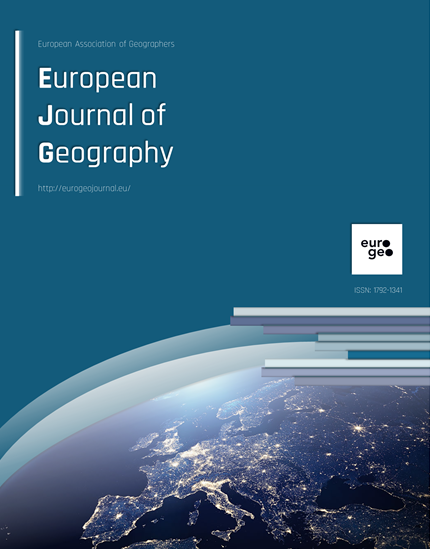COMPARING TWO MODES OF PRESENTATION ON PERCEPTIONS OF FLU THREAT AND ATTRIBUTIONS FOR ITS GLOBAL OUTBREAK
Published 2023-09-03
Keywords
- H1N1 Virus,
- Perceptions of Mexicans,
- Visual Representations,
- Framing,
- Communication of Risk
How to Cite
Copyright (c) 2023 Norman C.H. WONG, Lindsey A. HARVELL, Necati ANAZ

This work is licensed under a Creative Commons Attribution 4.0 International License.
Abstract
This study compared the effects of presenting the H1N1 flu threat using two different modes of
presentation: via an interactive map (visual mode) versus using words and numbers (numerical
mode) on people’s threat perceptions (susceptibility and severity) regarding the H1N1 flu,
attributions for the rapid spread of the H1N1 virus, and intentions to seek additional information
about the H1N1 flu in the next 6 months. Three hundred eighteen undergraduate students were
recruited to take part in this experiment. Results found that compared to those exposed to a
numerical representation of the H1N1 flu threat, or receiving a control message, those exposed to
a visual representation of the threat reported greater feelings of H1N1 flu susceptibility and held
stronger immigration-related attributions for the spread of the virus. Also, the visual
representation of the H1N1 flu threat reinforced the negative attitudes among those who already
held aversive attitudes toward Mexicans, as reflected in stronger immigrant-related attributions
for the spread of the virus. Implications of the results for designing messages involving
outbreaks of communicable diseases (such as the H1N1 virus) are discussed.

